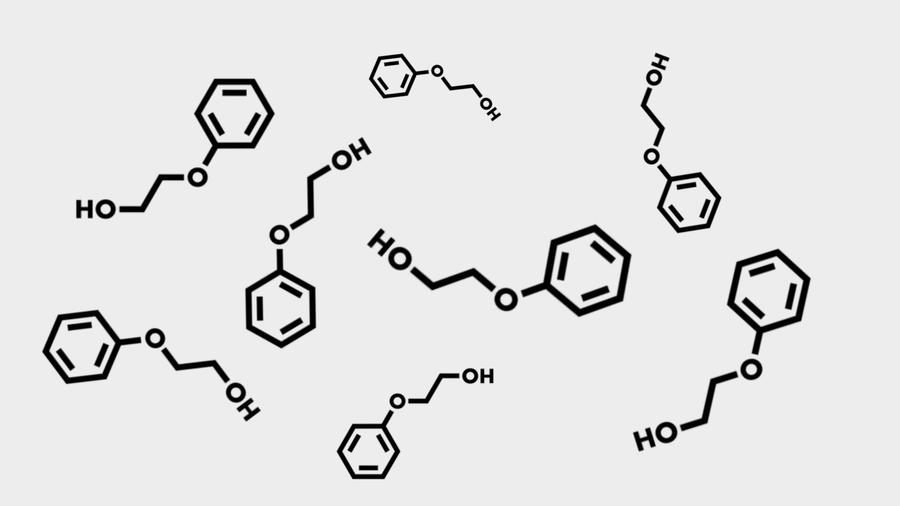You’ve seen it on product labels, store displays, and social media hashtags: clean beauty. But what does “clean” actually mean in skincare, and can you trust it?
The short answer? It depends who you ask.
Unlike terms like “organic,” “clean” has no legal definition in the beauty industry. That means every retailer, brand, and influencer can define it however they want, which can make shopping for products more confusing than ever.
Let’s break down what clean beauty actually means, how it’s defined (or not), and how we approach it at GRAES.
There’s No Legal Definition of “Clean Skincare”
Despite its popularity, “clean” isn’t regulated by the FDA or any other governing body. That means:
- There’s no universal standard for what makes a product "clean"
- Brands can use the term however they like
- Retailers often create their own internal definitions, leading to inconsistent ingredient policies
In other words, “clean” can be helpful, or completely meaningless, depending on how it’s being used.
How Different Brands and Retailers Define Clean
Every retailer has their own list of banned ingredients, which means a product that qualifies as “clean” at Sephora might not be accepted at Credo or Ulta. Here’s a quick look:
- Sephora Clean: Avoids around 50 ingredients, including parabens, sulfates, and mineral oil
- Credo Clean: Bans over 2,700 ingredients, with stricter standards around fragrance, safety data, and sourcing
- Ulta Conscious Beauty: Offers a broader umbrella that includes clean, vegan, cruelty-free, and sustainable products
Some brands define “clean” as “natural,” others mean “non-toxic,” and others just use it as a marketing term. As a consumer, this inconsistency can lead to frustration, confusion, and eroding trust in the beauty industry.
Why It Matters for Sensitive Skin
If you have sensitive or reactive skin, you may be drawn to clean beauty expecting it to be safer. But “clean” doesn’t always mean gentle.
For example:
- Many clean products still contain essential oils, fragrant plant extracts, or natural preservatives that can irritate sensitive skin.
- Others might include harsh alcohols or aggressive exfoliants.
That’s why understanding a brand’s formulation philosophy matters more than the word “clean” on the label.
How GRAES Defines “Clean Skincare”
At GRAES, we believe "clean" should be more than just a buzzword. That’s why we’ve created our own clear, consistent standard.
We define clean as:
-
Formulated to meet Sephora Clean and Credo Clean standards
-
Free from over 350+ questionable or irritating ingredients
-
Aligned with Paula’s Choice Ingredient Dictionary by excluding ingredients rated “Poor” (including essential oils, drying alcohols, and harsh preservatives)
-
Fragrance-free, essential oil–free, and silicone-free
-
Safe for sensitive, reactive, and barrier-compromised skin
We go beyond industry checklists to ensure that every GRAES product is backed by research, safe for daily use, and truly non-irritating.
You can view our full Ingredient Dictionary to see what we include in our products.
What You Can Do as a Consumer
Because there’s no official definition of clean skincare, the most empowered thing you can do is:
- Look beyond the label. Don’t assume “clean” means “safe” or “effective”.
- Read the full ingredient list when possible (or check databases like INCIdecoder, SkinSort, or EWG).
- Avoid blanket ingredient fear; context and concentration matter.
- Find brands whose values and formulation approach align with your skin’s needs.
TL;DR
- “Clean beauty” isn’t regulated, which means every brand defines it differently.
- It can be a useful starting point, but it’s not a guarantee of safety or effectiveness.
- For sensitive skin, the actual formulation matters more than the label.
- At GRAES, we define clean as safe, gentle, effective, and transparent; not just free of parabens and sulfates.








